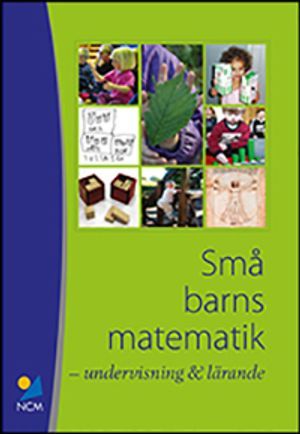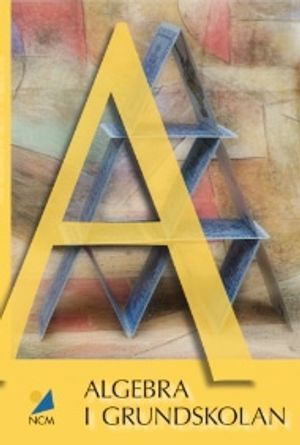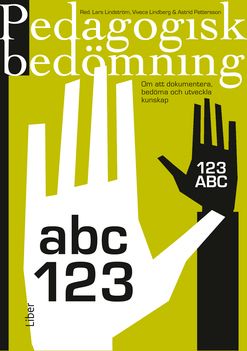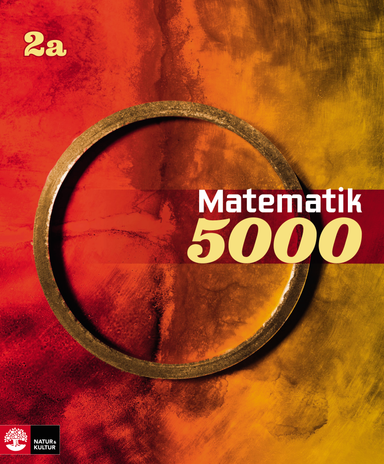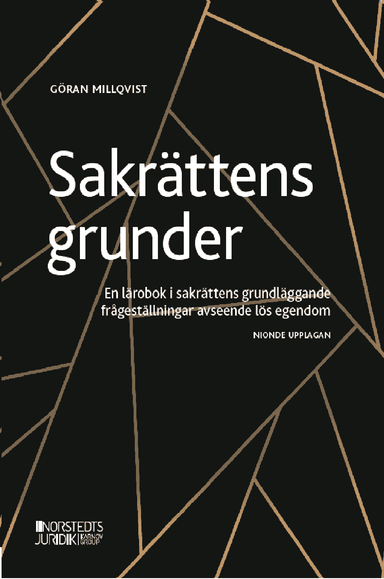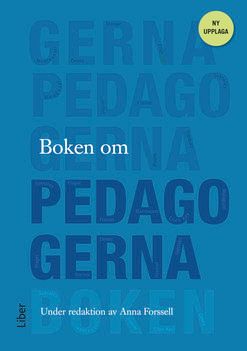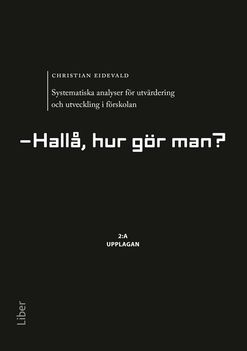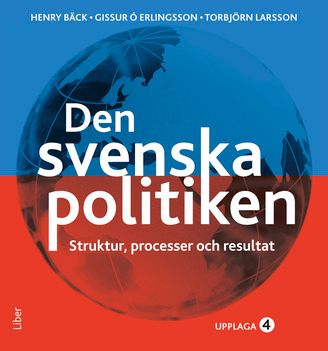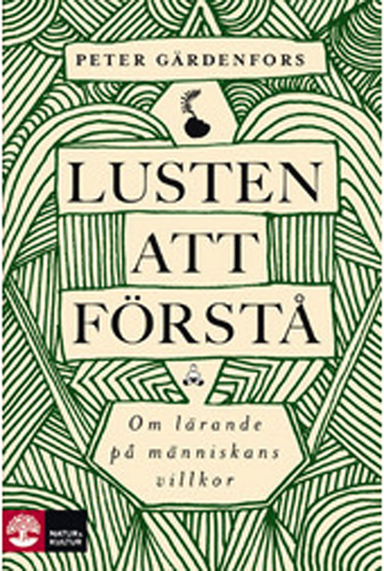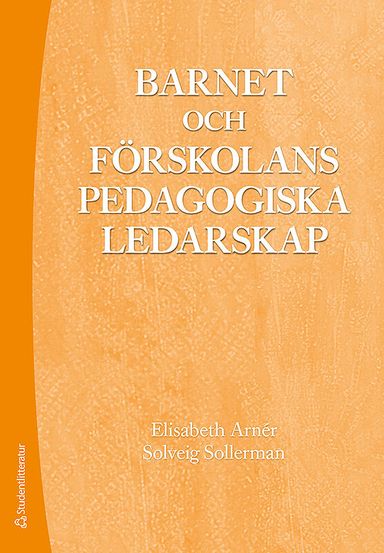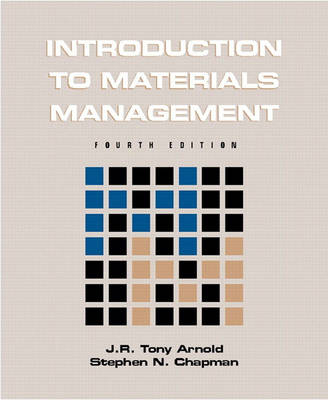

Introduction to Materials Management Upplaga 4
- Upplaga: 4e upplagan
- Utgiven: 2001
- ISBN: 9780130310590
- Sidor: 466 st
- Förlag: PEARSON
- Format: Häftad
- Språk: Engelska
Om boken
In Narrating the Law Barry Scott Wimpfheimer creates a new theoretical framework for considering the relationship between law and narrative and models a new method for studying talmudic law in particular.
Works of law, including the Talmud, are animated by a desire to create clear usable precedent. This animating impulse toward clarity is generally absent in narratives, the form of which is better able to capture the subtleties of lived life. Wimpfheimer proposes to make these different forms compatible by constructing a narrative-based law that considers law as one of several "languages," along with politics, ethics, psychology, and others that together compose culture. A narrative-based law is capable of recognizing the limitations of theoretical statutes and the degree to which other cultural languages interact with legal discourse, complicating any attempts to actualize a hypothetical set of rules. This way of considering law strongly resists the divide in traditional Jewish learning between legal literature (Halakhah) and nonlegal literature (Aggadah) by suggesting the possibility of a discourse broad enough to capture both. Narrating the Law activates this mode of reading by looking at the Talmud's legal stories, a set of texts that sits uncomfortably on the divide between Halakhah and Aggadah. After noticing that such stories invite an expansive definition of law that includes other cultural voices, Narrating the Law also mines the stories for the rich descriptions of rabbinic culture that they encapsulate.
Åtkomstkoder och digitalt tilläggsmaterial garanteras inte med begagnade böcker
Mer om Introduction to Materials Management (2001)
2001 släpptes boken Introduction to Materials Management skriven av J. R. Tony Arnold, Stephen N. Chapman. Det är den 4e upplagan av kursboken. Den är skriven på engelska och består av 466 sidor. Förlaget bakom boken är PEARSON som har sitt säte i London.
Köp boken Introduction to Materials Management på Studentapan och spara pengar.
Referera till Introduction to Materials Management (Upplaga 4)
Harvard
Arnold, J. R. T. & Chapman, S. N. (2001). Introduction to Materials Management. 4:e uppl. PEARSON.
Oxford
Arnold, J. R. Tony & Chapman, Stephen N., Introduction to Materials Management, 4 uppl. (PEARSON, 2001).
APA
Arnold, J. R. T., & Chapman, S. N. (2001). Introduction to Materials Management (4:e uppl.). PEARSON.
Vancouver
Arnold JRT, Chapman SN. Introduction to Materials Management. 4:e uppl. PEARSON; 2001.

